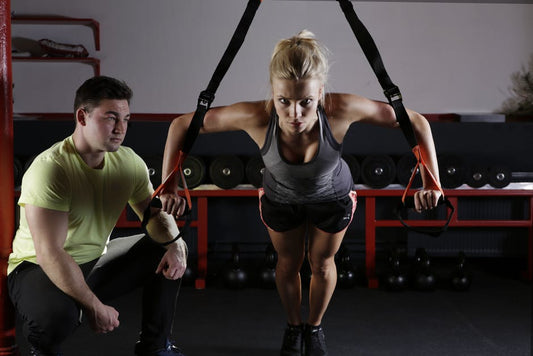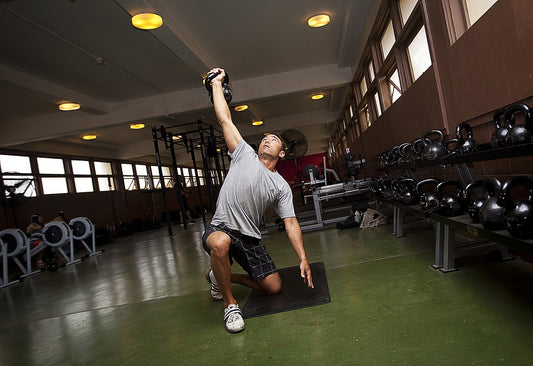CrossFit

Cross Training Workout: The Importance of Bench...
Many times, in the CrossFit gym, you will be instructed to workout up to a certain percentage of your one rep max for a given exercise. One of the problems...
Cross Training Workout: The Importance of Bench...
Many times, in the CrossFit gym, you will be instructed to workout up to a certain percentage of your one rep max for a given exercise. One of the problems...

Cooling Down & Why It is Important after Your C...
It’s quite simple to dismiss the cool down after your lifting and to stretch as a complete waste of time. However, you should know that cooling down is a recommended...
Cooling Down & Why It is Important after Your C...
It’s quite simple to dismiss the cool down after your lifting and to stretch as a complete waste of time. However, you should know that cooling down is a recommended...

4 Ways You Can Improve Your Thruster Technique ...
A thruster is an extremely popular exercise you are likely to bump in when you visit a CrossFit gym. The starting point for any thruster is the front squat, and...
4 Ways You Can Improve Your Thruster Technique ...
A thruster is an extremely popular exercise you are likely to bump in when you visit a CrossFit gym. The starting point for any thruster is the front squat, and...

Top Must-Avoid Foods for Cross Training Athletes
Top performing athletes understand pretty well that nutrition is important if they are to gain a competitive edge over their peers. Through proper and well-planned nutrition, athletes can meet their...
Top Must-Avoid Foods for Cross Training Athletes
Top performing athletes understand pretty well that nutrition is important if they are to gain a competitive edge over their peers. Through proper and well-planned nutrition, athletes can meet their...

Ways on How to Build Powerful Grip Strength
If you have been keen on CrossFit athletes, most of them have muscular forearms. This is great because the grip strength they typify is vital if you are into lifting....
Ways on How to Build Powerful Grip Strength
If you have been keen on CrossFit athletes, most of them have muscular forearms. This is great because the grip strength they typify is vital if you are into lifting....

The Importance of Maintaining Good Posture in C...
When growing up, most of us were admonished by our parents because of posture. If you ever heard words such as don’t slouch, sit up straight, and such like other...
The Importance of Maintaining Good Posture in C...
When growing up, most of us were admonished by our parents because of posture. If you ever heard words such as don’t slouch, sit up straight, and such like other...

